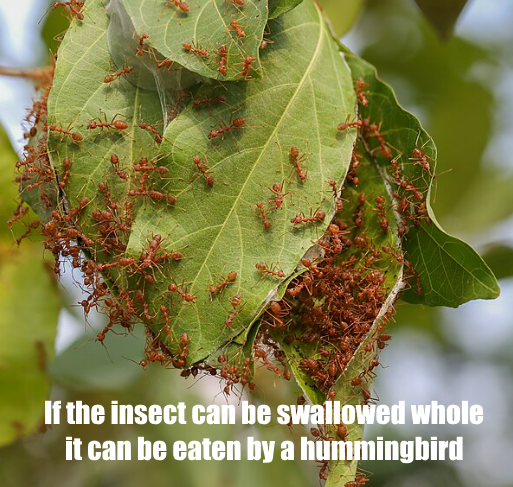Stunning Hummingbird Diet: Exclusive Insights!
Exploring the Diet of Hummingbirds: Insect Varieties and Sizes
Hummingbirds, known for their iridescent plumage and rapid wing beats, are often observed darting from flower to flower in search of nectar. However, these tiny energetic birds also require protein-rich foods to maintain their high metabolism. Insects play a crucial role in their diet, but let’s dive into just what type of insects a hummingbird can eat, the largest size it can catch and eat, and specifics about their consumption of ants and spiders.
The Insect Diet of Hummingbirds
While nectar constitutes a significant part of a hummingbird’s diet, providing the necessary energy for their high-speed lifestyles, insects furnish essential proteins, fats, vitamins, and minerals. Hummingbirds skillfully catch insects in a variety of ways, including hawking them in midair, gleaning them from leaves and bark, and even plucking them from spider webs.
What Types of Insects Do Hummingbirds Eat?
Hummingbirds are not particularly picky eaters when it comes to sourcing protein. They consume a wide range of small arthropods, including:
- Flies and mosquitoes
- Small beetles
- Aphids
- Gnats
- Caterpillars
- Wasps
- Bees
These birds are adept at catching tiny, fast-moving insects, which are crucial for their diet, especially during breeding season when the demand for protein increases to ensure proper development of their young.
What is the Largest Insect a Hummingbird Can Consume?
The size of the prey that hummingbirds can handle generally depends on the bird’s own size. Larger species like the Giant Hummingbird can catch and eat larger insects, possibly up to an inch long. Smaller species typically capture smaller prey, typically just a few millimeters in length. The maneuverability and quickness of hummingbirds allow them to adeptly capture and consume insects in one swift movement while in flight, but they are limited by their small beaks and the size of their throats.
Do Hummingbirds Eat Ants?
While hummingbirds can eat ants, these are not typically their first choice of insect. Ants can contain formic acid, which might not be as agreeable to the birds as other insects. However, in the absence of preferable food sources, hummingbirds might resort to consuming smaller ants. It’s also worth noting that ant larvae, being softer and richer in protein, might be more appealing to them than the adults.
Consumption of Spiders by Hummingbirds
Besides insects, hummingbirds are also known to consume spiders. Spiders can provide a substantial nutritious meal for a hummingbird because they are generally larger than most insects that hummingbirds consume. The size of spiders that hummingbirds can eat typically varies with the size of the bird itself, but can include those as large as 1-2 cm across – including the legs.
Interestingly, hummingbirds also use spider silk to build and repair their delicate nests. This behavior shows the remarkable adaptability of hummingbirds in utilizing their environment not just for food but also for other survival needs.
Conclusion
Hummingbirds, while predominantly nectar feeders, are also adept insectivores, consuming a variety of small arthropods to meet their nutritional needs. From flies and beetles to wasps and even spiders, these birds have a diverse palate that complements their energy-intensive way of life. Despite their tiny size, their capability to process a range of insect sizes, including those as large as a couple of centimeters, is impressive. Whether sipping nectar or snatching a quick protein snack, hummingbirds are fascinating creatures with a complex diet that ensures they remain one of nature’s most energetic avians.




